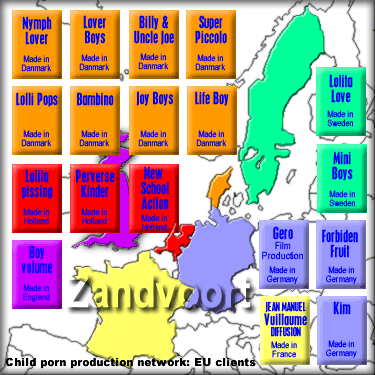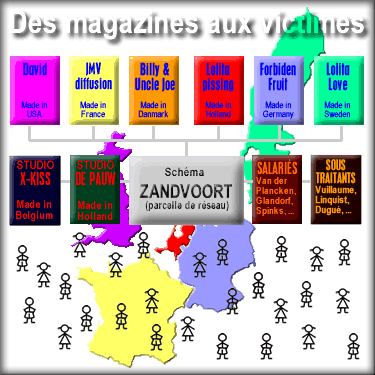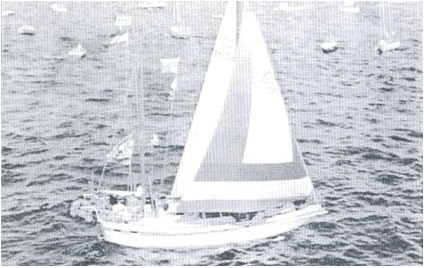| HOME | ||||
| Droit Fondamental | |
||||
 |
|||
|
|
|||
| Les magazines sont les clients du réseau, qui emploie:
|
ZANDVOORT/FRANCE WITHDRAWAL OF CASE [06]
TO WHOM IT MAY CONCERN: IT WILL NOT HELP YOU TO MURDER MARCEL VERVLOESEM. HE HAS TOUGHT US THE SECRETS OF YOUR NETWORK, ENOUGH TO KNOW WHERE TO SEARCH FOR THE ANSWERS TO OUR QUESTIONS.
RECOGNITIONS - PUBLISHERS
The number of magazines fell by half in the eighties, when the "flower power" fashion was swept away by the punk fashion. There was an average of 11 "new" children per publication, which represents 500 children a year per weekly magazines, hence the need for the publishers to use external services.
-
Hard (murder, torture, "sex urine, animals)
-
Rape (anal, vaginal, oral)
-
Adult naked groping
-
Frolicking teens
-
Nude pose
-
Natural nude
-
Clothed
The photograph of a minor, even clothed, may not be published in a magazine that is exclusively sold in sex shops or on websites designed to promote paedophilia, even with the consent of the minor, because he or she is too young to judge of the impact that this may lead to his or her adult life. Similarly, parents are not empowered to give such permission.
In 1992, the production is composed of scenes between kids up to 75% for girls and 90% for boys, which probably would not have aroused concern, if there had not been 25% of the girls and 10% of the boys who were object of serious abuse, and even pictures of murders. The production and dissemination of such photographs punishable by criminal prosecution for reasons ranging from the invasion of privacy, corruption of minors, sexual assault, rape, torture, homicide and criminal conspiracy. The cases are not taken seriously. Over the years, the customers got disinterested in the frolicking among young people, which encourages serious violence.
|
|
|||
| Apollo, Ulrich's yacht |
There are three main types of criminals. The first are the professionals of pornography, who know they are in illegally when they affect children. The second type is the "flower-power generation, who continues to believe in their right of drugging children to take pictures of their sexual abuse and sell these pictures. The third type are former victims, who have carried-on in organized crime and prostitution, often under blackmail and to pay the price of the drug to which they became addicted. They are primarily victims, but when they commit crimes, they must also answer for the harm they have done, what is fair only together with their employers.
 |
||
 |
 |
 |
The French inquiry of 3% of the dossier reveals that the network had around forty clients, mainly magazine publishers and film producers of child pornography. The cost of the annual subscription package does not suggest that the publisher would only publish a few pictures, which stigmatizes the incompleteness of the dossier. If Piccolo, the Danish magazine and best customer, would publish ten of the Apollo site pictures some weeks, it is clear they will not only take two photographs for the following three publications. Some thirty advertising for films of child pornography are showing that they were also specialized in advertising.
The photographs not being free of charge, they have a service of photomontage, which manages to multiply the images by exchanging the bodies and the faces. This applies, for example to Katrien De Cuyper, whose face was placed on the body of a naked boy. However, unlike what has been said to some parents, photomontage of a face on another body is an expensive technique, which does not fit to a film.
Original judicial documents on the identification of the editors, seen on "result of the investigations conducted on the national level"





